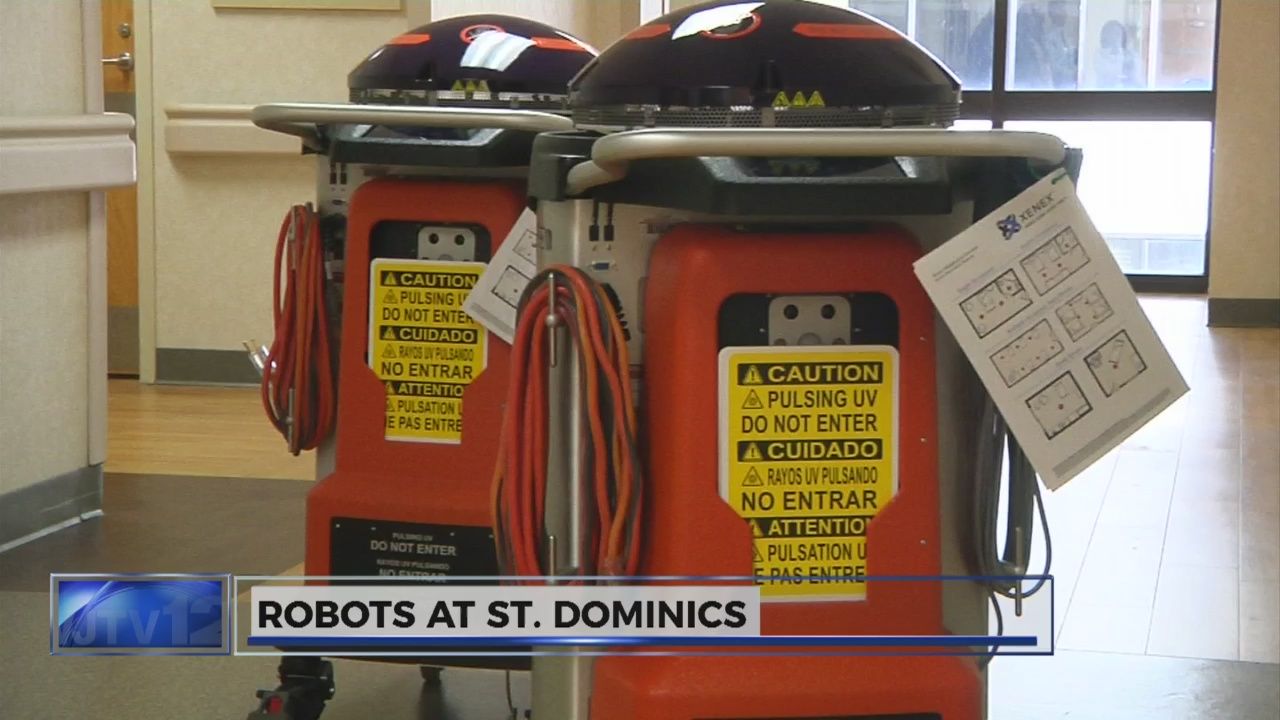Mar 9, 2016
China Makes Techonological Breakthrough With Quantum Space Satellite
Posted by Karen Hurst in categories: government, quantum physics, space
China’s Quantum Satellite — it’s now official China has beaten the US with their launch of a Quantum Satellite for secured communications. At this rate; US can possibly expect China has and will continue to advance its networking infrastructure. US Government has a good strategy in place.
Quantum space satellite, a satellite under the Chinese space program, is making waves in the country as it is the first satellite to deliver quantum communication in China, according to Chinese state media.
This new innovation is a breakthrough technology and it will be an asset for China’s power all over the globe.
Continue reading “China Makes Techonological Breakthrough With Quantum Space Satellite” »


















